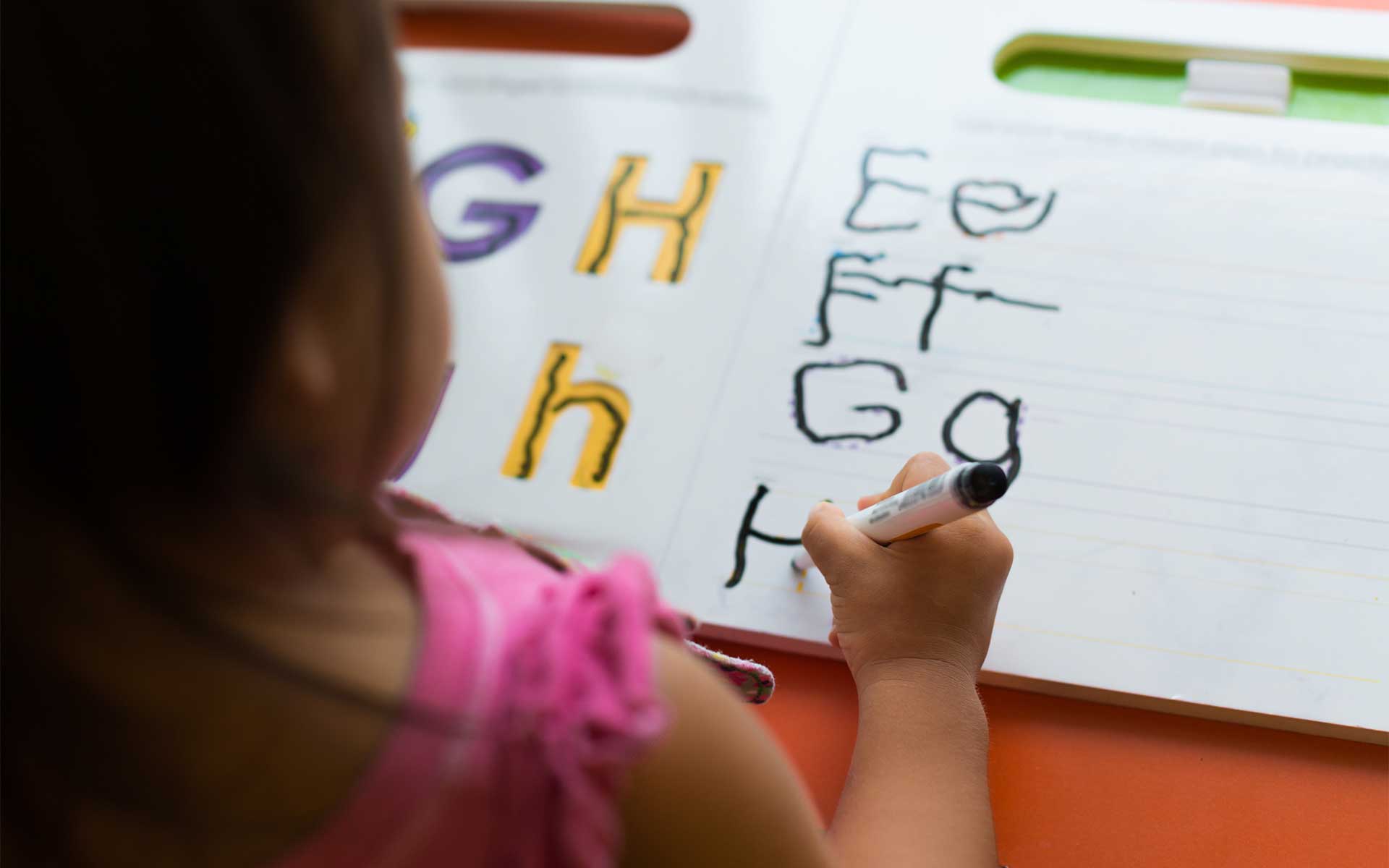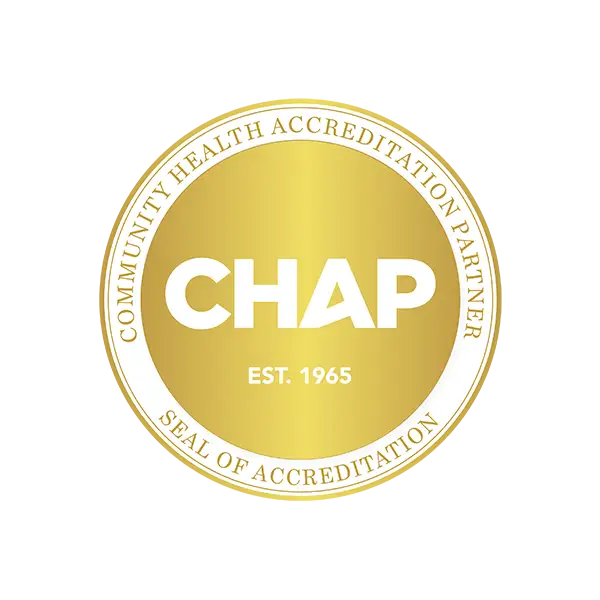
Have you ever paused to notice a child grappling with simple writing, their tiny fingers clutching at the pencil as though it was their only anchor in a challenging world? This struggle might seem like mere growing pains, but it could be something more: dysgraphia.
Picture these kids trying to navigate through an intricate ballet for which they haven’t learned the moves; they can imagine the words they want to share, yet they’re stymied by hands that won’t cooperate.
It’s not merely sloppy penmanship we’re talking about here—dysgraphia is rooted in fine motor skill difficulties that affect educational performance and self-confidence alike.
Witnessing this obstacle is something we’ve become intimately familiar with and understand just how frustrating it can be—not only for children but for parents who feel helpless on the sidelines.
Along our path of exploration and understanding, one way to combat this issue emerged as particularly compelling: bolstering core strength could play an essential role in helping these young writers surmount their challenges with pen and paper.
Join us as we delve into this, offering tailored exercises aimed at fortifying those crucial muscles at play during writing tasks. Empower yourself with newfound knowledge as we pave a supportive path through dysgraphia—we’ll explore strategies together that create meaningful change, one painstakingly crafted letter at a time.
Key Takeaways
- Dysgraphia is more than messy handwriting; it’s a learning disability that makes writing difficult due to problems with fine motor skills.
- Kids with dysgraphia often have weak core strength, which affects their posture and hand control when writing.
- Core muscle exercises like letter feeling, big writing, clay digging, pinching practice, and cross – body training can improve handwriting in children with dysgraphia.
- Speaking out loud while practicing shapes and letters can help children control breathing and posture for better writing coordination.
- Pediatric physical therapy offered by providers like KidsCare Home Health targets the muscles needed for improved handwriting in kids with dysgraphia.
Understanding Dysgraphia in Children
When it comes to navigating the challenges of learning disabilities, dysgraphia often flies under the radar, yet its impact on a child’s education can be profound. This writing difficulty not only hinders their ability to express ideas on paper but also intertwines with other conditions such as dyslexia and ADHD, adding layers to their learning experience that demand a unique approach for support.
Definition and Characteristics
Dysgraphia makes writing hard for kids. They struggle with transcription skills like handwriting, typing, and spelling. It’s more than just messy handwriting; their struggles include slow writing speed, cramped grip, poor spacing on paper, a lot of erasing, and bad spelling.
These signs show up in school work and can frustrate both kids and parents.
Often dysgraphia walks hand in hand with learning differences such as dyslexia and ADHD. Kids may find it tough to put thoughts into words on paper even if they have lots of ideas in their head.
This is because fine motor skills are not working well together with their brain’s language center. Good posture also gets affected as they might slump or lean too much while trying to write.
Connection to Learning Differences Like Dyslexia and ADHD
Children with dysgraphia often struggle with other learning differences. Dyslexia and ADHD are two common ones that come to mind. With dyslexia, kids may find it hard to link letters to sounds, making reading and writing tough.
When they have ADHD, staying focused is a challenge, leading to problems with getting thoughts down on paper clearly.
For us, spotting these connections helps tailor support for each child. We see how one area can impact another – like how a kid’s inattention from ADHD affects their handwriting skills.
This insight allows us to create more effective strategies that address multiple issues at once. Understanding this web of connections between core muscles, gross motor skills, and learning disabilities is key in helping children thrive.
The Importance of Core Strength in Addressing Dysgraphia
When we think about writing, it’s easy to overlook the physicality of the act; however, a child’s core strength plays a crucial role in their ability to write comfortably and effectively.
A solid foundation in core muscles isn’t just for athletes—it’s essential for children with dysgraphia as they navigate the challenges of expressing themselves through handwriting.
Core Strength as a Physical Limitation
Strong core muscles are a must for kids to write well. They help with letter formation, pencil grip, and writing without tiring. If a child has weak core strength, it can lead to trouble with these skills.
This is why we see dysgraphia as not just a learning challenge but also a physical one.
We work on building those core muscles in children with dysgraphia. Doing exercises that make the belly and back stronger helps them hold their bodies up properly when they sit down to write.
With better core strength, they can control their hands more easily and manage writing tasks better.
Core Muscles’ Role in Supporting Writing Skills
Core muscles are the powerhouse behind good handwriting. They help kids sit straight, hold a pencil tight, and move it smoothly across writing paper. When these muscles are strong, children can focus better on spelling and typing without getting tired quickly.
Weak core muscles make it tough to control a writing instrument, which leads to messy handwriting.
We see this clearly when working with kids who have dysgraphia. Their struggle isn’t just with letters; it’s about muscle strength too. By boosting core strength, we improve their ability to write neatly and for longer periods.
These exercises aren’t just beneficial; they’re crucial in addressing the physical side of dysgraphia. Stronger cores mean better support for all the tasks that involve using hands – from gripping pens to hitting keys on keyboards.
Exercises to Improve Core Strength for Children with Dysgraphia

Boosting core strength is vital for kids grappling with dysgraphia, as it’s the powerhouse behind stable, controlled movements needed during writing. We’ll delve into a variety of engaging exercises that not only enhance core stability but also aim to make handwriting a more accessible and less daunting task for these children.
Letter Feeling
We often use letter feeling with kids who have dysgraphia. In this exercise, they trace big letters with their fingers. This helps them get to know the shape and movement of each letter.
It’s not just about recognizing letters; it’s also a workout for their hands and arms. By pushing and pulling their fingertips over outlines, they build up the muscles needed for writing.
As children practice letter feeling, they grow stronger in their core too. They learn how to move their arms better across the page which makes writing easier later on. This tactile method is great for improving motor skills that are key for proper letter formation.
Kids find it fun because it’s like drawing in the air or on textured surfaces – all part of strengthening those important writing muscles.
Big Writing
Big writing helps kids with dysgraphia get their core muscles in shape. They learn to manage the space on a page and grip their pencils better. This exercise is fun and looks like drawing big letters in the air or on large sheets of paper.
Kids enjoy moving their whole arms as they form each letter, which strengthens the muscle groups needed for regular writing tasks.
At KidsCare Home Health, we make sure children practice big writing as part of our therapy sessions. Our therapists guide them through every swoop and curve that forms a letter. Over time, these movements build up muscle memory, making it easier for little hands to write neatly on actual paper.
Clay Digging
We know clay digging is a great way to build up the muscles young ones need for writing. As they scoop and mold the clay, their finger and hand muscles get stronger. This strength is vital because it helps with grip and control when holding a pencil.
While kids enjoy playing with the clay, they are also working on their core. A strong core supports them in sitting upright and controlling their arm movements for better letter formation and spacing.
Clay play keeps their interest high while we sneak in some serious muscle-building needed for improved handwriting skills.
Pinching Practice
Let’s try pinching practice to help our kids with dysgraphia. This simple exercise boosts fine motor skills and strengthens the hand muscles. They’ll learn how to hold a pencil better and form letters more easily.
Our children pinch small items like beads or clothespins, giving their tiny muscles a good workout.
Making this part of our daily routine can do wonders for their handwriting skills. Each pinch builds up strength and coordination in their fingers, which is crucial for writing well.
With time and patience, we’ll see progress in how they tackle those challenging writing tasks!
Cross-Body Training
Cross-body training is a game-changer for kids with dysgraphia. It helps them get stronger and makes writing easier. They reach across their bodies while doing fun tasks like touching toes or stacking blocks.
This teaches their muscles how to work together better.
We make sure these exercises are part of our routine because they’re key to helping kids write better. They learn to hold pencils longer without getting tired, and their letters look neater on the page.
Cross-body activities aren’t just good exercise—they build up the skills necessary for clear handwriting.
Building Strength and Stability
We know that strong core muscles are a key to helping kids with dysgraphia write easier. It’s not just about the hands and fingers; the whole body plays a part in writing. To build up those core muscles, we use fun exercises like letter feeling and big writing.
These activities make kids move their bodies in different ways, which makes their cores stronger.
Another way we help children is through cross-body training. This gets both sides of the brain talking to each other while working on those central muscles. Kids reach across their bodies during these exercises, which boosts coordination and balance.
Every movement strengthens their middle, making sitting up straighter and holding a pencil steadier much less of a struggle for them.
Practice Speaking
Talking helps kids with dysgraphia build their core strength. When a child describes shapes, letters, and words out loud, they’re learning to control their breathing and posture. These skills are key for good handwriting.
Speaking exercises can include storytelling or repeating after us to boost those core muscles.
Let’s make it fun by playing word games or singing songs. Strong speech means strong writing for children struggling with this learning disability. They’ll gain confidence as they learn the power of their voice and how it connects to the movement of their hands on paper.
Benefits of Pediatric Physical Therapy for Children with Dysgraphia
In our journey toward understanding dysgraphia, we’ve discovered the transformative role pediatric physical therapy plays in empowering children to surmount writing challenges by fortifying their core muscles and boosting their confidence—dive deeper with us to witness this game-changing support system in action.
Support and Strengthen Necessary Muscles for Writing
Pediatric physical therapy focuses on building up the muscles kids with dysgraphia need for writing. We guide them through fun activities that make their muscles stronger and more stable.
These exercises aren’t just about handwriting; they help with overall strength so that sitting up straight and controlling a pencil becomes easier. Our therapists know how important it is for children to feel confident in their abilities, and we see the joy when a child writes something they’re proud of.
At KidsCare Home Health, we tailor therapy sessions to each child’s needs. Drawing big letters in sand or squeezing dough can improve grip and control over a pen or pencil. Working across the body strengthens coordination, which is key for writing smoothly across a page.
Writing doesn’t have to be frustrating for kids with dysgraphia; with our support, it turns into another way for them to express themselves clearly and confidently.
KidsCare Home Health, Your Provider of Pediatric Physical Therapy
KidsCare Home Health helps kids with dysgraphia build stronger muscles for writing. Our team comes to your home, offering a safe space for children to improve their physical abilities. We focus on strengthening the core muscles that support good handwriting.
Our pediatric physical therapists are very caring and professional. They know just how to work with children who need extra help in developing their writing skills. Families can trust KidsCare Home Health as a dependable choice for helping children face dysgraphia confidently.
If you’re looking for guidance, our contact information is always ready so you can reach out to a therapist near you.
Conclusion
Building core strength can really help kids with dysgraphia. Simple exercises make a big difference in their writing skills. Can you see your child having fun while getting stronger? Imagine them holding a pencil easier and writing clearer.
Look for ways to blend these exercises into daily playtime. Let’s encourage our kids to grow stronger and write confidently!
Contact KidsCare Home Health
Contact us today to connect with a professional, caring pediatric physical therapist in your area!
FAQs
1. What is dysgraphia and how is it related to core strength in children?
Dysgraphia is a condition that affects handwriting skills and coordination in children, and strong core muscles can help improve these issues.
2. Can occupational therapy help kids with dysgraphia?
Yes, occupational therapists use activities like keyboarding, Pilates, and the “Handwriting Without Tears” program to build up core strength which can help kids overcome developmental delays linked to dysgraphia.
3. Do sensory processing disorders affect handwriting?
Children with sensory processing disorder may struggle with tasks like writing because they have difficulty managing information from their senses which can impact their motor skills including those needed for handwriting.
4. Could using tablets or special eyeglasses aid children with dysgraphia?
Assistive technologies such as tablets can provide alternative ways of writing for kids who find traditional methods hard due to dysgraphia; specially designed eyeglasses might also reduce strain caused by fluorescent lights during writing.
5. How does better sleep contribute to improving hand control for kids on the autism spectrum with writing difficulties?
Getting enough sleep helps regulate an internal clock that’s important for cognitive development; this can lead to improved focus and hand control during tasks such as writing, especially for kids on the autism spectrum facing challenges similar to those seen in dysgraphia.















